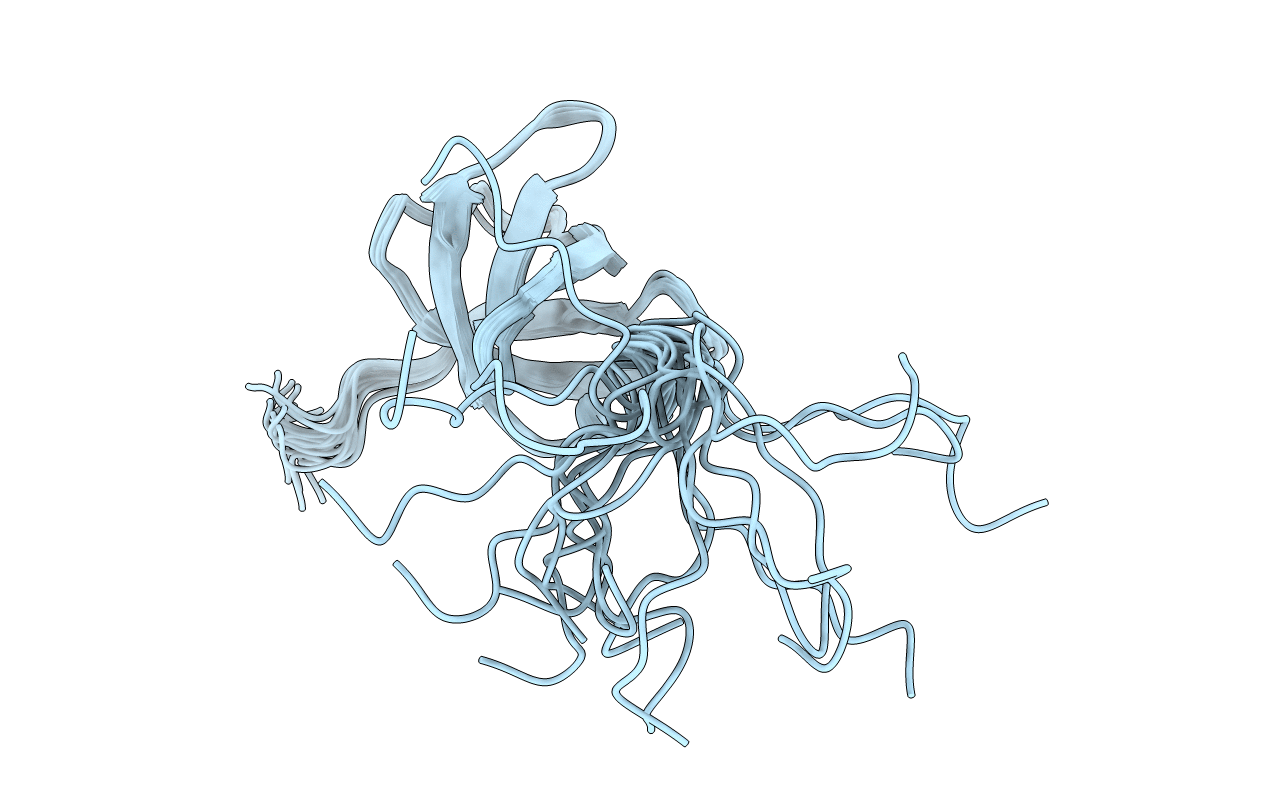
Deposition Date
2005-11-08
Release Date
2006-12-12
Last Version Date
2024-05-01
Entry Detail
PDB ID:
2EXD
Keywords:
Title:
The solution structure of the C-terminal domain of a nfeD homolog from Pyrococcus horikoshii
Biological Source:
Source Organism:
Pyrococcus horikoshii (Taxon ID: 70601)
Host Organism:
Method Details:
Experimental Method:
Conformers Calculated:
200
Conformers Submitted:
20
Selection Criteria:
target function


